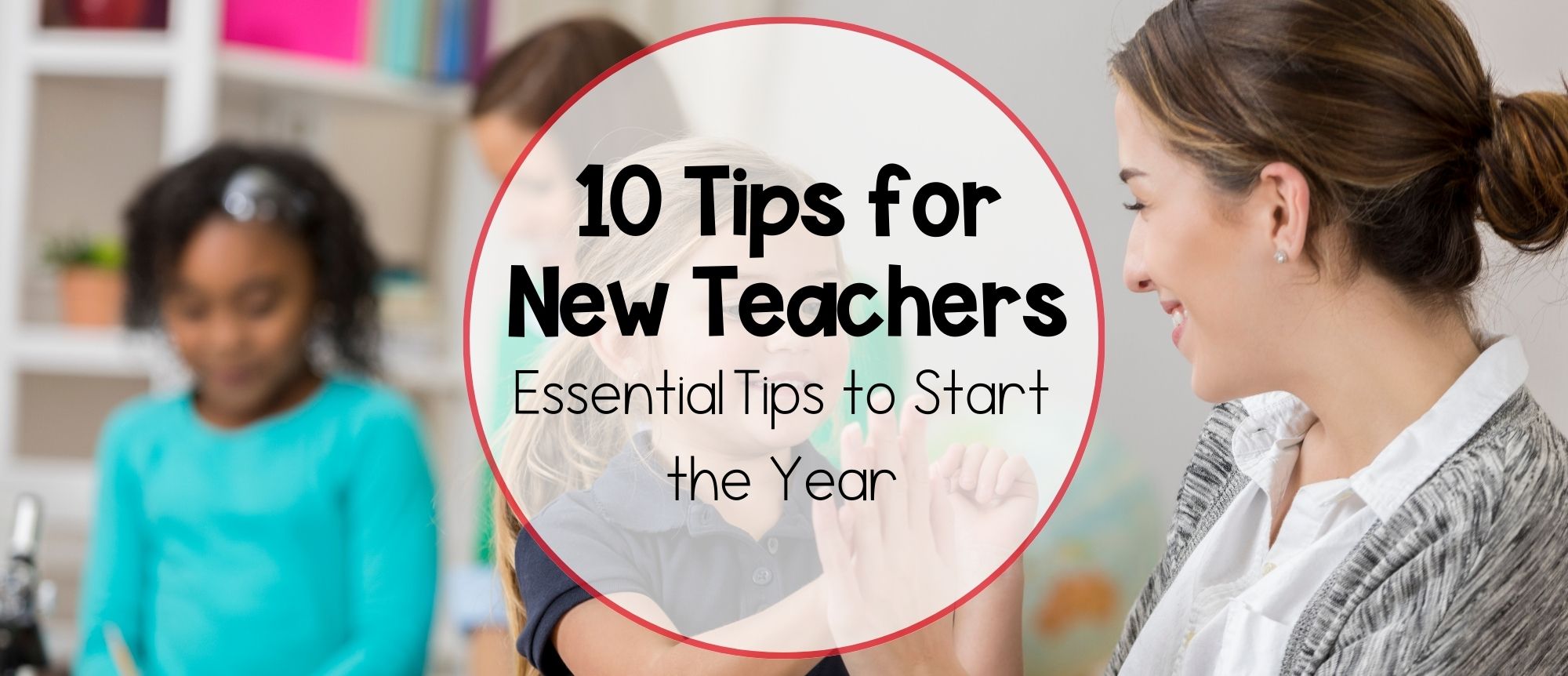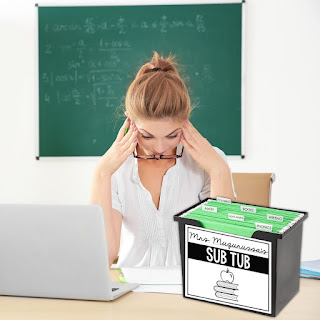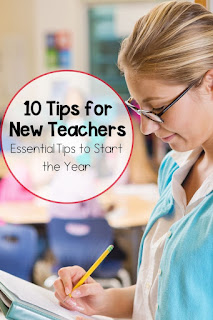Being a brand new teacher can get overwhelming really quick. With Instagram, TikTok, and Pinterest you can quickly spiral into the what do I do mode and I want to do it all mode rather quickly.
Starting your career as a kindergarten teacher can be both exciting and overwhelming. As you embark on this rewarding journey, it's crucial to equip yourself with the necessary tools and knowledge to ensure a successful and enjoyable classroom experience for your students.
These ten essential tips will help you navigate the challenges and make the most of your time as a beginning kindergarten teacher.
Unfortunately, nothing in your teaching program can prepare you for the actual job of teaching. You only get better with experience.
1. Wait to Make Purchases
Do NOT run out and buy all the things. First, see what the classroom offers, and ask teammates. Chances are if you need it someone has it to donate. Another place to find great classroom items is Facebook marketplace, especially if your town has a buy-nothing page. You can post that you are looking for XYZ for your classroom. Many families are happy to donate Legos, play kitchens, and books.
Donors Choose is another amazing way to obtain items for your classroom wishlist. To this date, I have secured over $15K dollars in donations for my classroom. You can read more about using Donors Choose for Teachers.
2. Make Freinds
Make friends with the office staff and the custodians. They are your allies. Office staff can help you find basic supplies such as a stapler or pencil sharpener. They are the eyes and ears of the school. Every veteran teacher knows that it is the office manager that truly runs the school. The custodians usually will help you move heavy furniture or find you that extra table or 3 chairs you need. During the holidays, don't forget them- even if it is just a plate of cookies or a nice card.
3. Ask Questions
Don't be afraid to ask questions. If you aren't given a school tour, ask someone if they can show you around the school and tell you the procedures and expectations. Some schools have specific rules for using supplies from the supply room, the copier colored printer, or the laminator. Don't be that person who uses ALL the laminate film or jams the copier. If you aren't sure how something works- ask for help.
4. Dress Professional
As much as I love a good hoodie and my Lulu's they are not school-appropriate. However, you don't have to break the bank either to wear appropriate teacher clothes. Also, if you are a TK, pre-K, or kindergarten teacher, you don't want to wear expensive clothes. You need clothes that are washable, durable, and easy to move about in. Leave short dresses and heels at home.
Most days I come home with some unfamiliar goop on my pants or sleeve. Old Navy is a great place to find inexpensive, but nice pants, tops, and dresses. If the dresses have pockets, BONUS! Also, make sure you know the school dress code for teachers- can you wear jeans? If you are like me, you might like those cute teacher T-shirts. I pair my teacher t-shirts with skirts and a cardigan. These are my favorite skirts to wear my with T-shirts.
5. Don't Tell All
6. Set Boundaries
- Make a schedule for when you will arrive and leave work- stick to it as best as possible.
- Don't join every committee. It is ok to say no. You don't owe anyone an explanation. You can say, "Thanks for the opportunity, however, that won't work into my schedule right now."
- Set boundaries with families. Be clear that you will only respond to emails and text messages between certain hours. You can use apps like Class Dojo for communication- this would be a good question to ask other teachers at your school site. There might be a policy on what you can use. Don't give out your personal cell number. Instead, get a Google voice number. It is free and you can call/text from it.
7. You Can't Do It All
8. Get Organized
9. Establish a Structured Routine:
Kindergarten students thrive on routine and consistency. Develop a structured daily schedule that includes regular time for learning, play, snacks, and transitions. A predictable routine will provide your students with a sense of security and make the classroom environment more manageable.
I use a daily agenda on my board. It truly helps me stay on track each day. It also lets students know what to expect throughout the day. For attention and transitions, I use a wireless doorbell. My students know and expect this to be the signal. I even leave it for a substitute, to keep the consistency.
10. Take Care of Yourself:
Finally, remember to prioritize self-care. Teaching can be demanding, so it's essential to maintain your physical and mental well-being. Set aside time for relaxation, hobbies, and self-reflection. Seek support from colleagues and professional development opportunities to continue growing as an educator. If you are sick stay home. Creating sub plans is hard, but when you are sick it feels harder. You can take the stress out of sub-plans- Learn how to create a sub tub, sub binder, and sub-plans with ease
As you embark on your journey as a beginning kindergarten teacher, these ten tips will serve as your guide to creating a nurturing and engaging classroom environment. By establishing routines, fostering a positive culture, embracing interactive teaching methods, and collaborating with parents, you'll be well on your way to becoming an effective and beloved kindergarten teacher. Remember to stay adaptable, patient, and enthusiastic, and enjoy the incredible journey of shaping young minds.
Congratulations and have an amazing year!
Pin this post for later









No comments
Post a Comment